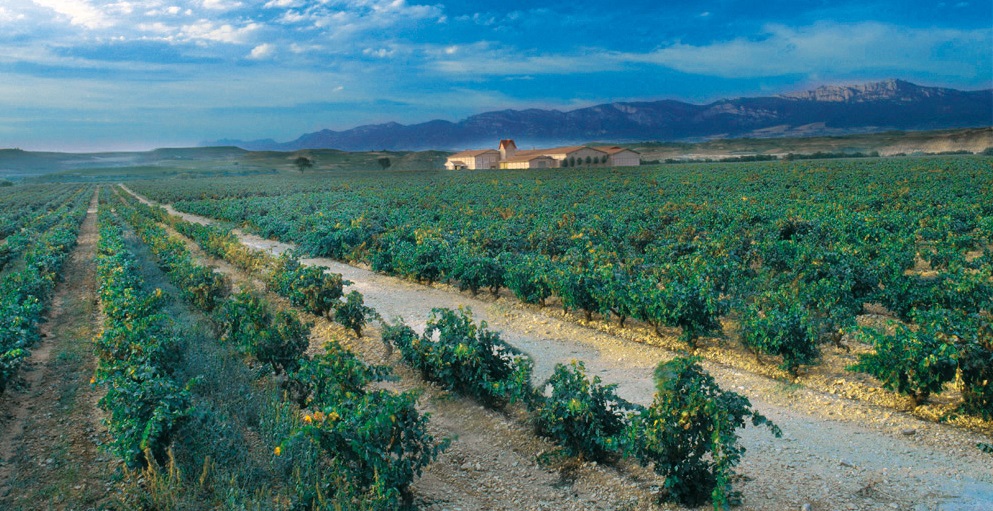Terroir, terroir, and lately climat, are expressions that we can usually find on wine labels or in the technical descriptions of the wines, sometimes with too much ‘freedom’ and even with excessive commercial ‘daring’ to to take advantage of the prestige with which, since ancient times, these concepts linked to differential origins have been associated.
In this sense, the concept of land of origin was already used by Egyptians, Hebrews, Phoenicians, Greeks and Romans, who identified wine amphorae with the place of origin. From the Middle Ages onwards, the idea of ‘terroir’ was increasingly used to highlight wines from certain places, while the first official document delimiting a wine production area was for the wine of Tokay (Hungary) in 1700. This was followed by the wines of Chianti (Italy), Oporto (Portugal) and, in the 19th century (1855), Bordeaux made its first categorization of its great vineyards and it is from then on that the term ‘terroir’, understood as we use it today, was really forged.
The ‘terroir‘ could be defined, according to French terminology, as a land or a place of origin, with its climate, soil and grape varieties, and with its own culture (agriculture) that communicates a special and differential character to the grape or wine. The Spanish translation, terruño, is identified more with a place, with a characteristic land, so both definitions would not be exact, but very approximate.
If there is any region in the world that has worked and exploited the terroir concept, it is Burgundy.. Burgundy’s vineyards are divided into an immense mosaic of thousands of climats (plots), some of them as small and famous as Romanée Conti, one of the smallest appellations in the world with 0.8 hectares.
A climat would be a vineyard, or a group of vineyards, that has acquired an identity through a combination of natural and human factors, regardless of climatic, geological, hydrological or other variations, over a considerable period of time. In other words, the concept of ‘climat’ gives human action to adapt to the environment, for example to combat climate change at the present time, an importance and an identity of its own.
Although, beyond theory, we would dare to say that little more than 10% of the wines sold on the market are really ‘terroir’ wines.




